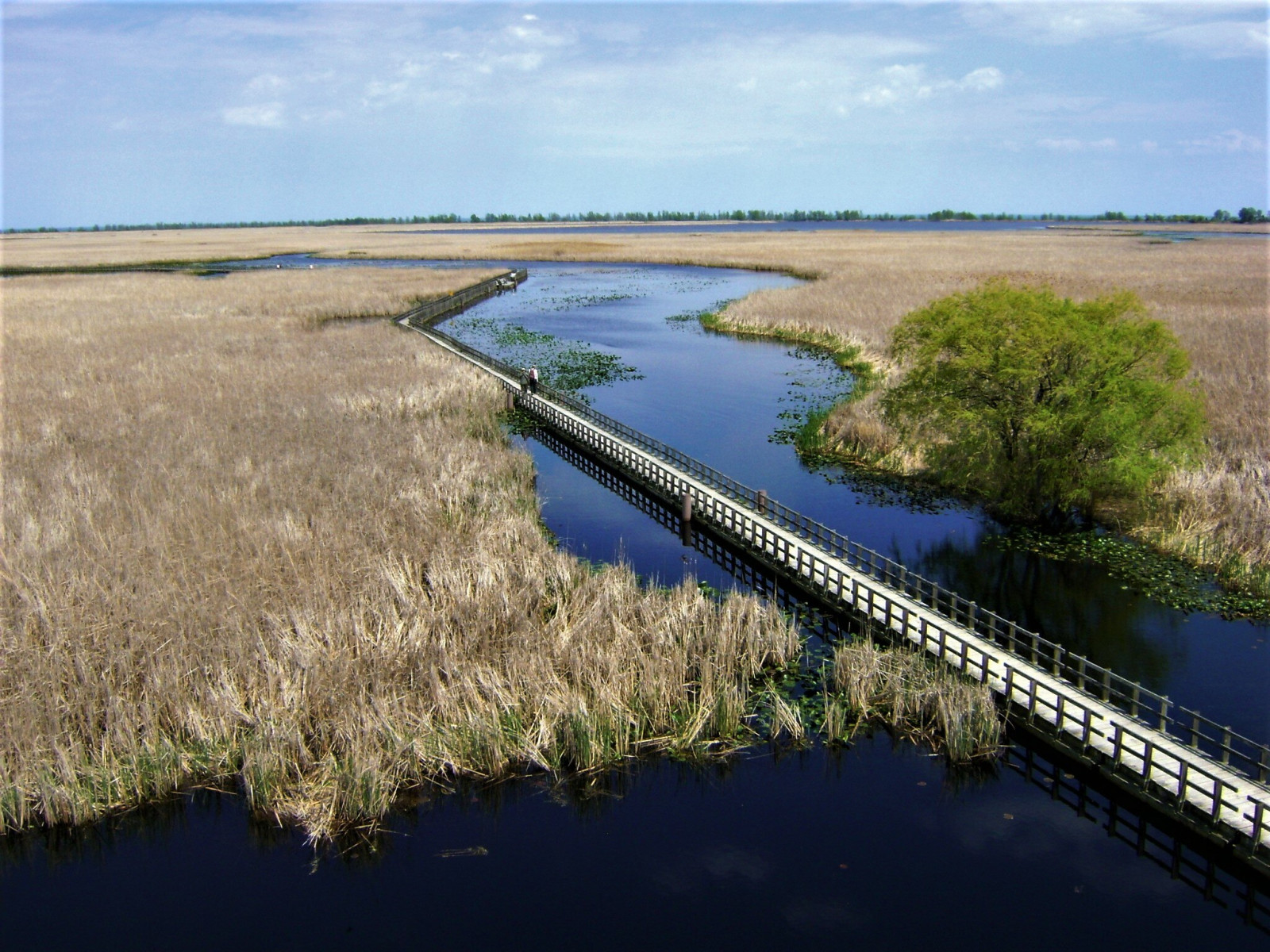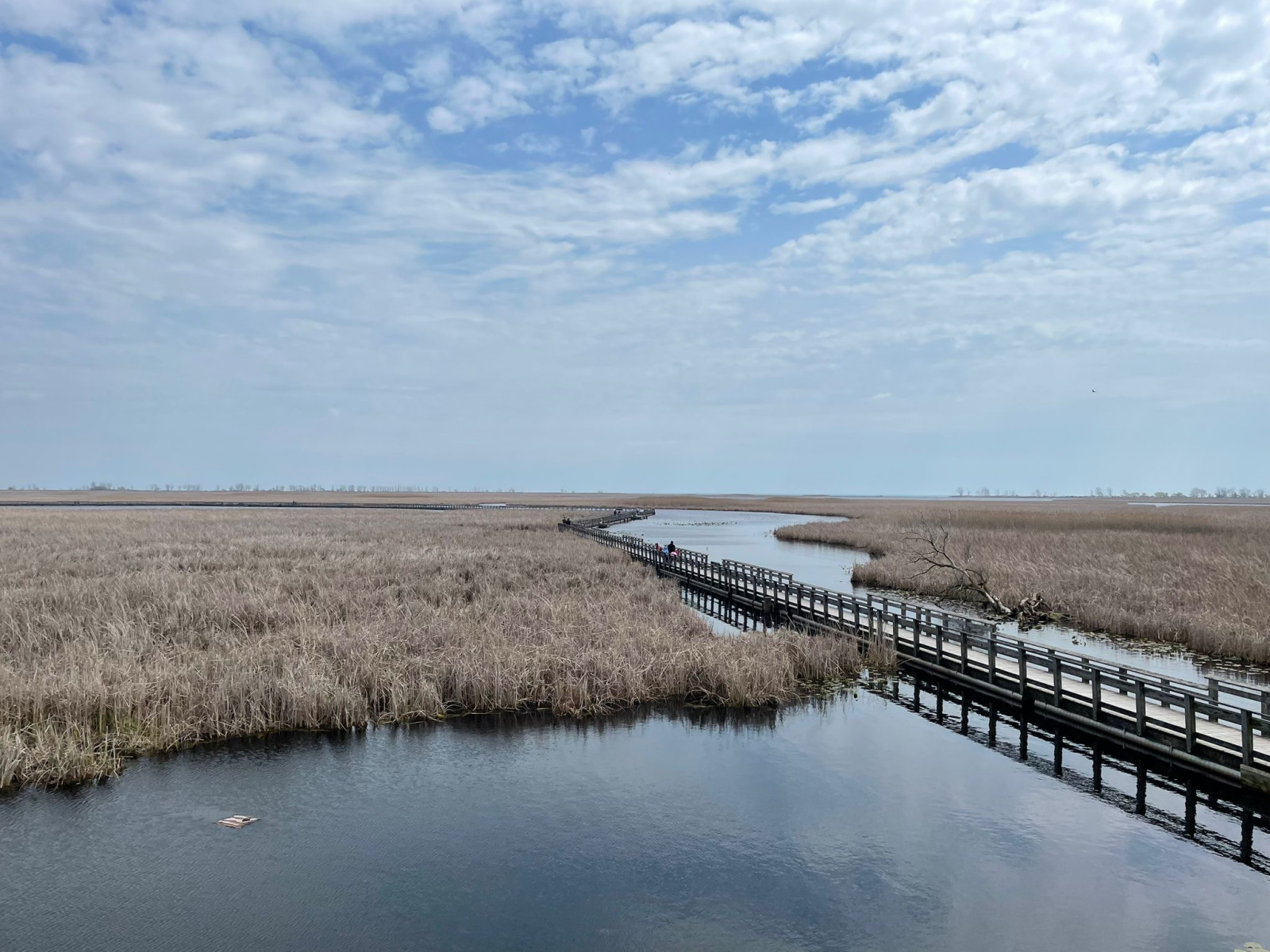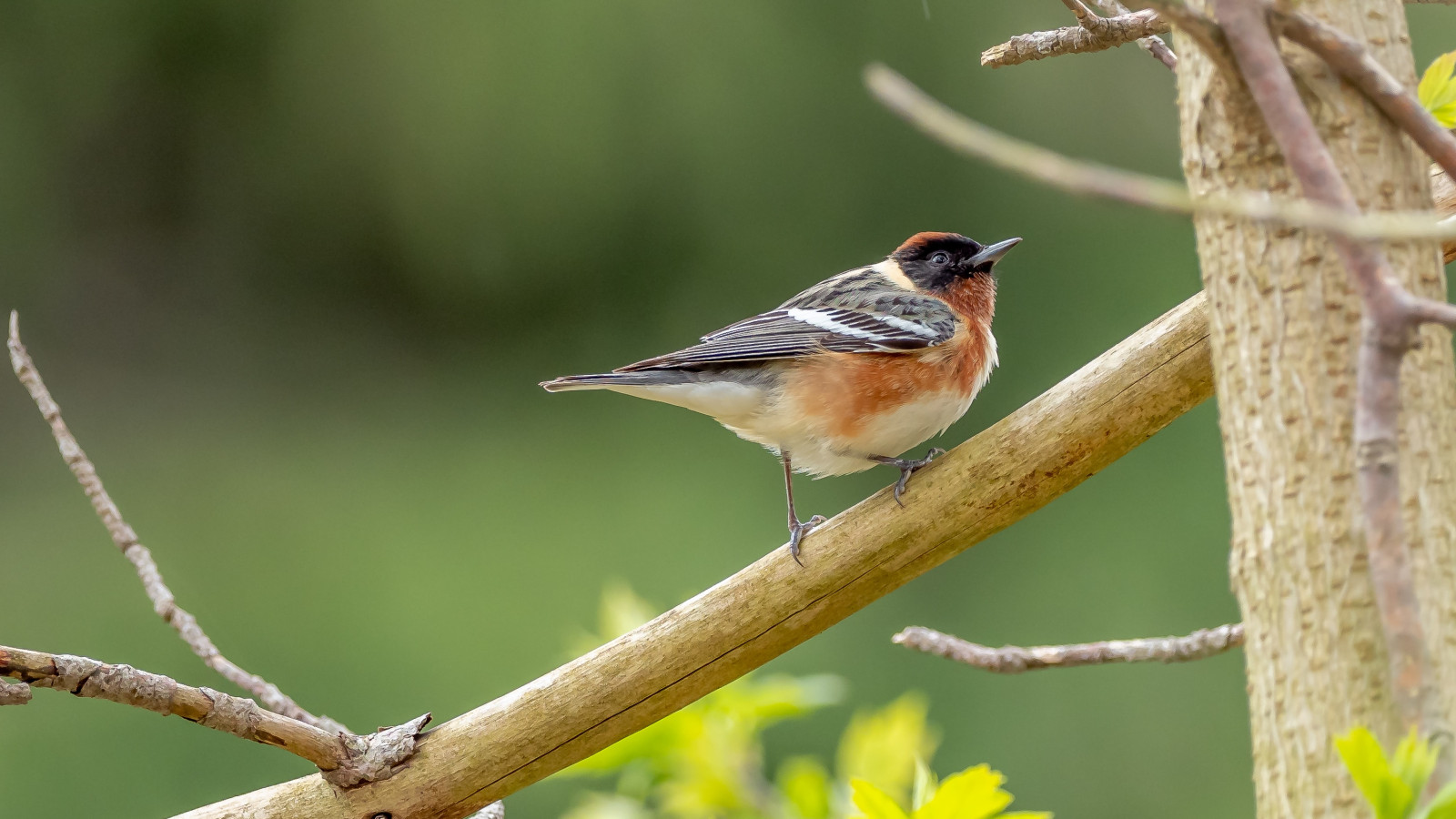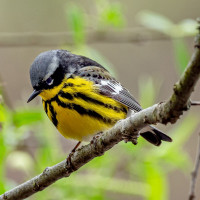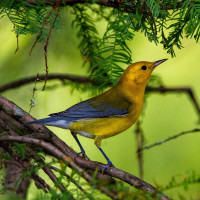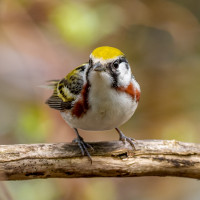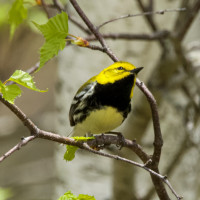Description
Point Pelee is one of the most famous birding spots in Canada. The area juts out like a large triangle into Lake Erie and attracts birds crossing the lake from south to north like a magnet. The peninsula consists mainly of marsh and woodland habitats, that tapers to a sharp point as it extends into Lake Erie. Its location on major migratory flyways and on the north shore of Lake Erie makes it a migrant trap – a place that attracts a wide diversity of species in a very small area. More than 390 species of birds have been recorded in the Point Pelee Birding Area. Especially during spring migration this often results in amazing numbers of birds and great opportunities for bird photography. More than 30 species of warblers can be observed.
But in addition to warblers also many species of flycatchers, vireos, sparrows, waterfowl, raptors and shorebirds can be observed. Also colorful birds like Indigo Bunting, Baltimore Oriole, Rose-breasted Grosbeak and Scarlet Tanager. Autumn migration is also very interesting at Point Pelee, but the migration is a much slower pace than spring.
Details
Access
Point Pelee National Park is located in in southwestern Ontario, close to the town of Leamington. The peninsula is the southernmost point of mainland Canada. Point Pelee is easily reached by car and is 65 km from Windsor, 180 km from London and 355 km from Toronto. Press a P on the map for directions to a parking.
Entrance fee is $ 9.00 (2024). Park Hours (2024): March 1 to April 11, 7 a.m. to dusk; April 12 to April 30, 6 a.m. to 10 p.m; May 1 to May 20, 5 a.m. to 10 p.m.; May 21 to September 2, 6 a.m. to 10 p.m.; September 3, to April 15, 7 a.m. to dusk.
The peak time for bird migration is spring, especially May, when tired migrants make first landfall after their journey north across the lake. The park offers more than 20 km of trails in spring for birding, including seasonal birding footpaths that are marked with orange flagging tape.
Terrain and Habitat
Forest , Scattered trees and bushes , Lake , WetlandConditions
Flat , Open landscapeCircular trail
YesIs a telescope useful?
Can be usefulGood birding season
Spring , AutumnBest time to visit
Spring migrationRoute
Paved road , Wide path , Narrow trailDifficulty walking trail
EasyAccessible by
Foot , Bicycle , CarBirdwatching hide / platform
YesExtra info
Spring migration can start as early as February at Point Pelee although it is not a steady flow of birds from the south. Migration progresses in several stages, and neotropic migrants (songbirds) usually arrive in intermittent waves starting in mid to late April. On rare occasions, you may witness a fallout of migrants in the park. Fallouts or groundings of songbirds occur when a warm weather front advancing from the south or southeast meets a cold weather front moving in from the north or northwest.
Fall migration can begin as early as the end of June. The migration is a much slower pace than spring. Like spring, fall migrants generally arrive in intermittent waves. Early morning, near dawn, is the best time to assess whether a wave has arrived during the night. As there are many birds of prey moving through the area, songbirds tend to be very active in the early morning hours before the birds of prey are actively hunting.
